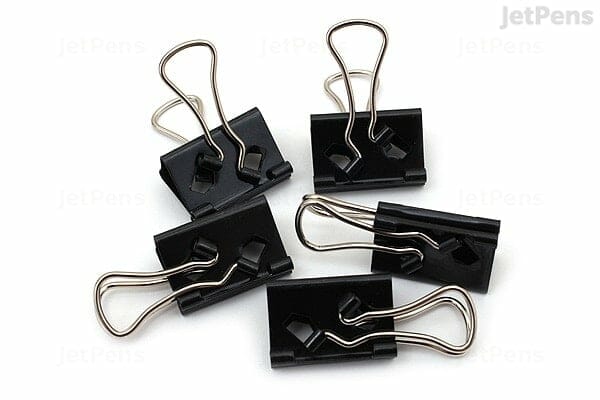How a Binder Clip Can Influence Technical Education
The school clock of learning is confined to the traditional curriculum of hand-outs and assessments is slowly being transformed to authentic education. Authentic education allows learners the opportunity to use their passions with knowledge obtained from a school setting to the real-world . The methods to obtaining such authentic education requires an educator’s insight on competencies that are relevant to 21st century technical careers. The 21st century technical careers are being influenced by a technological revolution.
During a conference proceeding on the future state of education, Chen et al.(2018) observed common themes. These common themes related to skills deemed important to instruct learners for future careers. One common theme observed by Chen was the future of education reform requiring an understanding of intelligent education systems. Such an intelligent system as noted by Chen is Industry 4.0. Industry 4.0’s core foundation is based on digital technologies and human capital. Chen explained, the rationale behind introducing Industry 4.0 within the education learning environments is the diversification of authentic interaction among learners. In Chen’s comment and observation, it is not clear as to the method of providing such authentic interaction. Although, Chen suggested that Virtual Reality (VR) and Augmented Reality (AR) could be a digital intelligent system to display in a learning environment, the implications of the inclusivity to establish authentic interaction seems quite abstract in practicality. With the specific implementation details on using VR and AR in a learning environment being limited, the concept of authentic interaction with an intelligent system seems insufficient in supporting the basics of a Competency Based Learning (CBL) model.
Although authentic interaction could potentially pave the pathway of CBL, Chen’s observation on common 21st century skills necessary for the workforce connects well with authentic learning. The common 21st century skills Chen noted establishes the infrastructure for CBL include Communications, Collaborations, Critical Thinking, Creativity, and Contemplation. These five Cs (5Cs) are the foundational competencies in which to build authentic learning for learners. Within the technical education environment, the 5Cs are required to understand and resolve technological concerns found in industrial or manufacturing facilities. With the 5Cs introduced as required competencies, Chen explained including emerging technologies such as AR, VR, and the Industrial Internet of Things (IIoT) will allow the educator to create personalized learning experiences for learners. These emerging technologies are being deployed in industrial and manufacturing facilities. With exposure to AR, VR, and IIoT technologies, technical learners will have the technological skills and literacy to meet the demands of an increasing labor market as explained by Avsec and Jamsek (2010).
A base instructional approach to bringing authentic learning experiences to learners is through hands-on activities. Creating authentic scenarios where learners can use ordinary items to obtain competencies in technological areas such as electronics technology and computer coding can be as simple as improving the operation of a dial caliper with a binder clip. A dial caliper is a precision measurement instrument used in quality control and metrology departments.
The creation of a smart dial caliper wired to littlebits electronic modules. Binder clips used to create sense wires for distance measurement of caliper’s outside jaws.
Such a measuring instrument is used to verify and correct manufactured parts with referenced engineering drawings. By introducing basic electronic circuits and Python coding, the challenge of configuring a smart dial caliper can be achieved by learners. The following hands-on activity video discussion illustrates an instructional method of deploying CBL through authentic learning to a technical classroom setting. Such a CBL activity will allow technological skills to be obtained and demonstrated by learners thus changing the traditional school clock of learning to hands-on authentic education.

Don Wilcher, MSEIT, CETa
Video 1: Smart Dial Caliper (Prototype Version 1)
Video 2: Smart Dial Caliper (Prototype 2) Discussion
References:
Avsec, S., & Jamsek, J. (2018). A path model of factors affecting secondary school student’s technological literacy. International Journal of Design Education, 28, 145-168. doi:. 10.1007/s10798-016-9382-z.
Chen, Z., Wang, C. X., & Zhang, J. (2018). From “Innovation for Education” to “Education for Innovation”: The 22nd Global Chinese Conference on Computers in Education. TechTrends, 62(6), 548–551. https://doi.org/10.1007/s11528-018-0338-x

